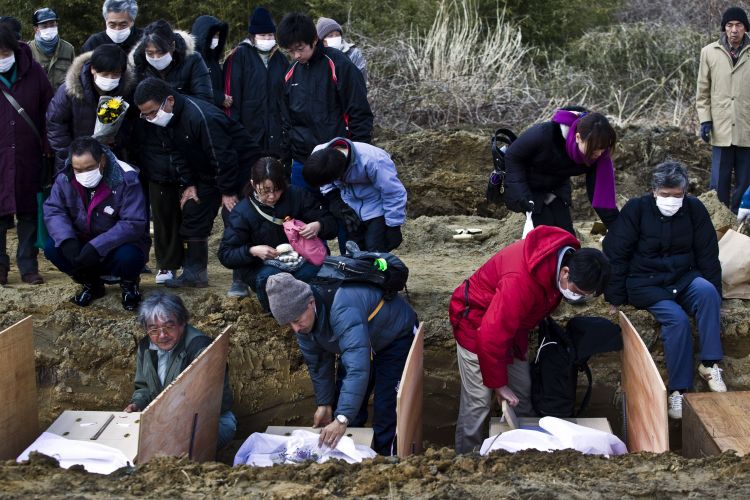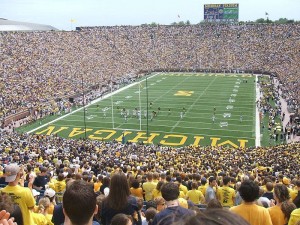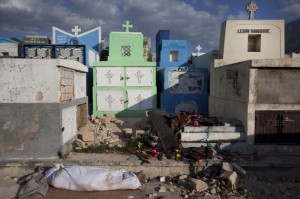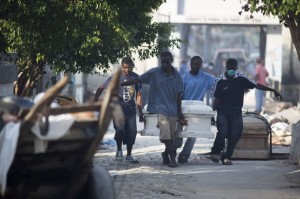Hasty Burial for the Dead Collides With Tradition
Michael Wines, The New York Times (March 24, 2011)
Families of the tsunami’s victims faced a mass burial in a seaport town in northeast Japan, where mathematical reality has made cremation impossible.
99%. That is the number which kept going through my head when I saw the tidal wave sweeping through northeast Japan.
99% of all Japanese dead are cremated. Indeed, Japan is always at the top of international indexes on annual cremation rates.
But when I saw the remnants of those Japanese villages, I knew that there would be too many dead bodies for the local crematoria– in the event those crematoria were even functional.
It has taken a while for this kind of story to finally emerge from Japan, but the New York Times is now reporting on mass burials of the dead. The turn to mass burials is a radical break for contemporary Japanese funereal traditions, but when confronted with the sheer numbers of dead, little choice remained.
There is one section of the article which I take slight exception to. Towards the end of the entire article, which is well reported, the following point is made:
It was the bureaucracy’s best effort to imbue Wednesday’s interments with the dignity of genuine funerals rather than what they were: an unavoidable response to a potential public health problem. Later in the day, Buddhist monks would come to the site to pray over the graves.
The often cited fear of potential public health problems is not entirely accurate. Last year, in the aftermath of the Haiti earthquake, the Death Reference Desk discussed the widely held misconception that dead bodies pose a public health concern. It is true that people working around masses of dead bodies should wear normal protective gear (gloves, masks, etc.) but those bodies aren not going to rampantly spread disease.
Meg wrote a particularly insightful piece on this very topic: The (un)Diseased Dead.
All this said, I understand the push for burial. Dead bodies decompose and they smell and all of this can compound the broader tragedy.
It is also important to note that Japanese officials appear to be doing something which stands in stark contrast to the Haiti situation: the dead are being identified before burial. Thousands of dead bodies were buried in Haiti without any ID’ing of the corpses. Identifying each of the bodies is important for many of the families and it helps establish who is known to be dead vs. missing and presumed dead.
As usual, we will keep an eye on this particular facet of the Japanese disaster.
Out of respect for the dead.







